As part of its strategy launch, in 2021 the CQC heralded a new inspection approach for social care services focused on four pillars: people and communities, smarter regulation, safety through learning, and accelerating improvement.
However, the pandemic prompted a step change in how local authority social care services were delivered, including ‘virtual’ learning, communication, and information sharing. Many of these changes have remained. To adapt, the CQC has trodden an uneasy path to develop technological solutions and new ways of working with services.
Initially scheduled to launch at the start of the year, the new inspection and assessment framework has been delayed.
On the face of it the changes do not seem too radical – all services are going to be rated using the same four-point scale, and the overarching criteria of whether services are safe, effective, caring, responsive and well led will still be the drivers of any assessment.
However, there are some major changes that are proving difficult to implement.
One notable example is the CQC’s commitment to a Single Assessment Framework based on the same criteria for every registered service. This is a laudable aspiration that, on paper, should go some way to addressing the historical concern of a lack of consistency. But, practically it may compound the issue as services are all different, have different priorities, and work in different ways but still achieve excellent outcomes.
There is also a concern that the CQC will be increasingly reliant on evidence provided to them from a range of sources to reach a judgement about a service. This evidence may be highly subjective.
There is also the potential for challenges being made by providers against the CQC, asking them to justify and explain their thinking.
The idea is that ‘inspection’ will be a remote continuous assessment, instead of a site visit, using observations to come to a decision. This ‘desktop’ process is fraught with difficulty – how do you fully understand a service, appreciate the quality, or what the outcomes are for people using services without observing, talking and building relationships?
Although the CQC has limited resources, assessing this level of risk using an algorithm is challenging. I can see organisations learning how to play the system, providing a smokescreen for poor care and practice.
The Single Assessment Framework may allow the CQC to function as a high-quality, trusted regulator, but I fear that the ‘feeling’ of person-centred care will be missed in the drive to use data to inform the public about services.
I can see the system being ‘drowned’ in data, providers not understanding what they need to share with the CQC, and the CQC having limited resources to undertake assessments.
There could be legal challenges made by providers against judgements reached and may undermine the regulatory process and increase the pressure on the CQC



